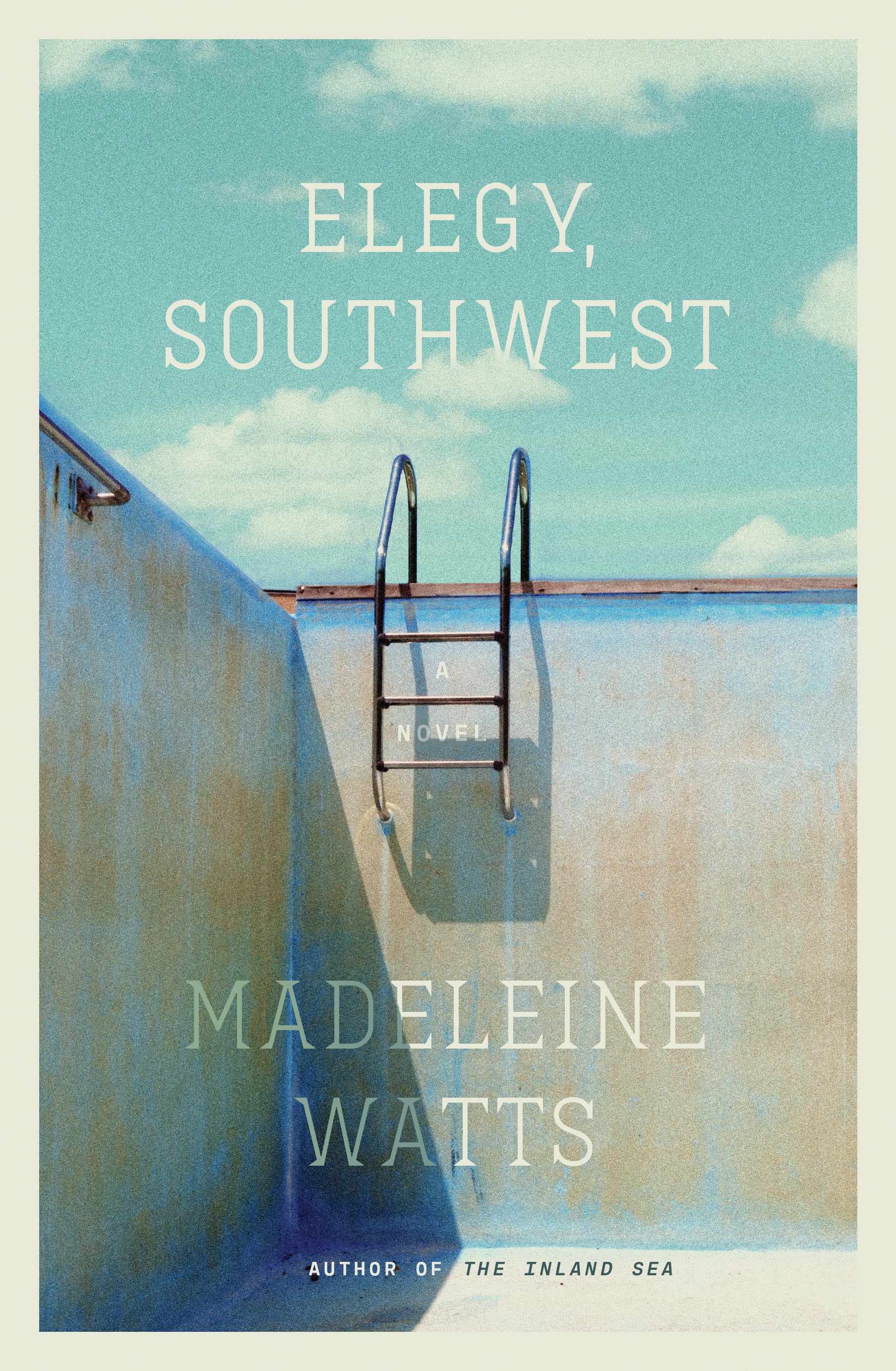Australia's Immigration Revolution
Allen & Unwin, $29.99 pb, 192 pp
More than a numbers game
In September 2009, Treasurer Wayne Swan revealed that Australia’s population of twenty-two million was growing much faster than anticipated. Just three years ago, the Intergenerational Report 2007 projected a population of twenty-eight and a half million in 2047. Treasury now expects the population to exceed thirty-five million people by 2049, an increase of almost sixty per cent. This forecast had to be revised because of the combined effect of an increase in the fertility rate of Australian women (a mini baby boom) and increased migration.
How will Australia accommodate an extra thirteen million residents over the next forty years? Sydney and Melbourne will increase in size by fifty per cent to become cities of seven million people, while Brisbane and Perth will double their numbers to have four million and three and a half million residents, respectively. Can we manage to supply everyone with water, power, housing, and transport while protecting what is left of Australia’s natural environment and dramatically cutting our national greenhouse gas emissions? Treasury Secretary Ken Henry is personally pessimistic about Australia’s capacity to manage this population increase, and federal MP Kelvin Thomson warns that we are ‘sleepwalking into an environmental disaster’.
This puts them at odds with the prime minister. Kevin Rudd believes in a big Australia. He declared, in a recent speech, that it is ‘Good for our national security. Good for our long-term prosperity. Good in enhancing our role in the region and the world.’ Exactly how a larger population improves our national security or diplomatic prestige is unclear, but the link to economic growth (as conventionally conceived) is far more obvious. It is hard to envisage Australia’s economy without an increasing population. Just think of the housing industry and its reliance on ever-expanding suburban boundaries.
Continue reading for only $10 per month. Subscribe and gain full access to Australian Book Review. Already a subscriber? Sign in. If you need assistance, feel free to contact us.














Leave a comment
If you are an ABR subscriber, you will need to sign in to post a comment.
If you have forgotten your sign in details, or if you receive an error message when trying to submit your comment, please email your comment (and the name of the article to which it relates) to ABR Comments. We will review your comment and, subject to approval, we will post it under your name.
Please note that all comments must be approved by ABR and comply with our Terms & Conditions.